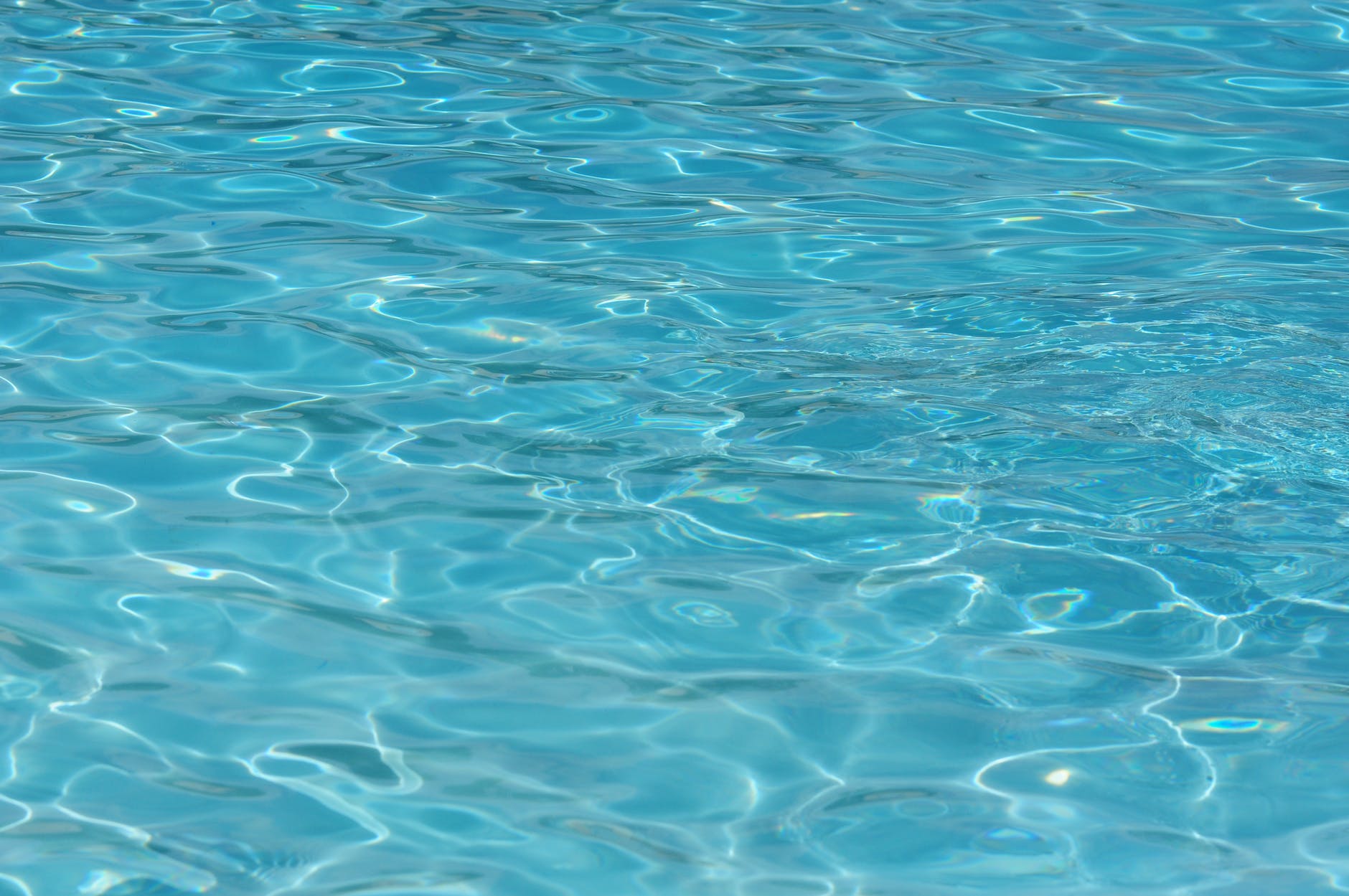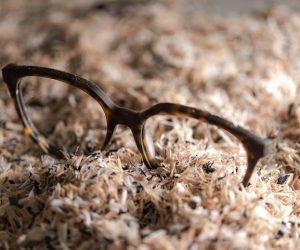
Contamination analysis: what technique(s) and methods do you need?
Different matrices but similar approaches
Analytical science is a broad field crisscrossing several disciplines. There are several interpretations and understandings of commonly used terms, depending on the industry that you are in. What interests a biologist is a metabolite and what interests a soil scientist is a contaminant. Metabolites and general contaminants are distinctly different types of molecules but the theory and logic behind the analytical techniques in identifying metabolites and contaminants are, however, the same.
At Spark904 we encounter customers from a variety of industrial segments or organisations who are in urgent need to gain as much information on chemical composition as possible. This could be products/ formulations, waste streams, waste water or impurity analysis in pharmaceutical ingredients. Often, they want to do this with as little time and money investment as possible. Of course, we understand that, but we also know that it is a wish at best and often the answers are complex. Within a given time and investment frame only limited information can be extracted. Beware that anyone who tells you otherwise doesn’t know the whole truth or is not telling you the whole truth.
Beyond QA/QC
Let’s take an example. Customer A needs to know as much as possible about contaminants in some water samples. These could be industrial wastewater, ground water, or coming from a hospital. Surely water safety is an important topic and as such there are several industrial standards, tests and norms which will tell you about the quality of your water but not about suspect contaminants that are not listed. Some of these standard tests are total dissolved solids (TDS), chemical oxygen demand (COD), biological oxygen demand (BOD) etc. On the specific identification end some standard analyses packages are Benzene, toluene, xylene (BTX), Polyaromatic hydrocarbons (PAH), polychlorinated biphenyls (PCBs), chlorinated aromatics, mineral oil analysis, and so on. Generally speaking, these are standardized tests, based on separation techniques coupled with mass spectrometry such as GC-MS or LC-MS. The corresponding methods and calibration curves for quantification are fixed and commercial quality control (QC) labs can perform these measurements in bulk at relatively cheap prices and fast turnaround times. This type of analysis falls under the umbrella term of targeted analysis, that is, you are looking for certain chemicals only. This means that other chemicals might also be present in the water samples, but you will simply not see them because these standardized tests are not designed to look for them. These tests are perfect for as far as regulatory work is concerned.
Choices have to be made
Customer A might get quite far with these standardized tests, but these will not give them an exhaustive list of ALL chemicals present in the water. Are low boiling compounds of interest, or are high boiling compounds of more importance? Or perhaps both? Is there a possibility that polar heterocycles might be present? Next to that there is the question of quantities. For the purpose of the study, are contaminants present only in parts per million (ppm) levels relevant or are parts per billion (ppb) levels also of concern? That will in turn often depend on the type of the contaminant. Some contaminants are detrimental only in very high concentrations and some can be harmful even in ppb levels. We also might have to delve into regulatory documents if necessary to think along with the customer.
It’s time to talk. A lot of time in the lab can be saved by investigating and understanding the premises and context. Can we make a list of suspected contaminants? Where is the water sample coming from? If customer is concerned about contaminants even in even ppb levels, unusual/specific contaminants, very high boiling compounds, different extractions, concentrates of the samples might have to be incorporated. The standardized methods will surely not work. Standard GC/ LC machines might still be of use, but different methods will need to be tested and set-up. Different sample extractions might be required for different classes of contaminants. Moreover, much more sensitive instruments like orbitrap or QToF might have to be used.
Targeted and untargeted analysis
Targeted analysis means that one is looking for certain chemicals only. we know how they behave (e.g., mass spectra, retention times). The main thing is that we will not see which other chemicals are potentially present in the samples. In theory, non-targeted analysis means that you would basically aim to see any chemical present in the sample. In practice, however, it is not possible to detect everything. Sigh! A typical mass spectrometric instrument for such an untargeted analysis would be a time-of-flight (TOF) or orbitrap instrument. In a typical method we would be looking at e.g. protonated molecules using high-resolution and then measuring fragments (MS/MS) spectra for identification. A big challenge in non-targeted analysis is the data processing. A lot of data can be generated but a human mind and eye is needed to put the puzzle pieces together and then validate the suspected contaminants (via targeted analysis).
In summary
Contamination analysis from scratch can be tedious and requires thorough work and understanding. Untargeted (and semi-targeted approaches) are applied in hypothesis-generating studies, while targeted studies are usually applied to validate the presence and quantification of certain contaminants. A non-targeted method would allow you detection of both known and unknown chemicals. Former, are easy as you know how to find and quantify them. Latter are the difficult ones and require dedicated projects per sample matrix type. So how to choose? As always, the answer is often in the middle and a combination of approaches might be needed. At Spark904, we help you make smart choices based on academic insights which solve the questions at the core and give you a solid understanding of what you are working with. Want to know which mass instruments we have in our portfolio? See here.
Let's
talk.
Together with you, we
make sure that we find
the answers.
Call us on +31 6 27080833
or use the form.



